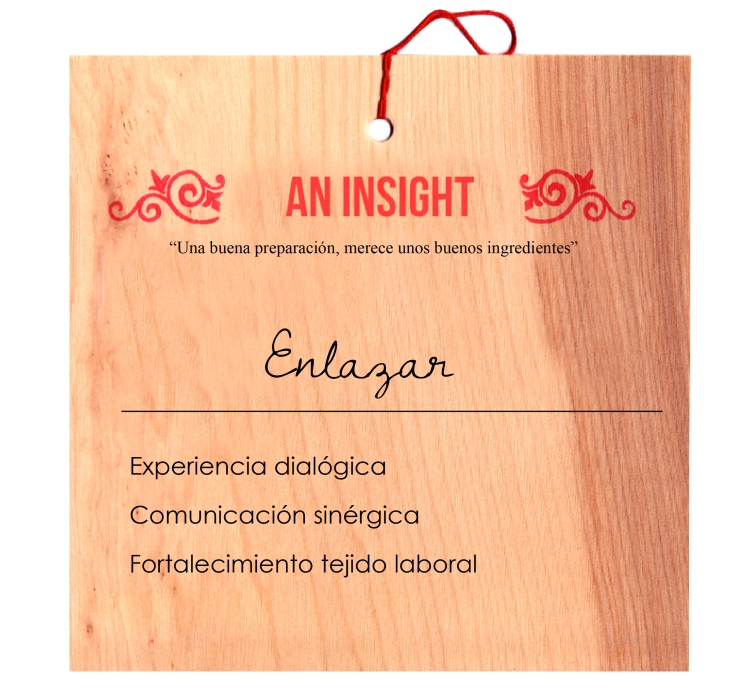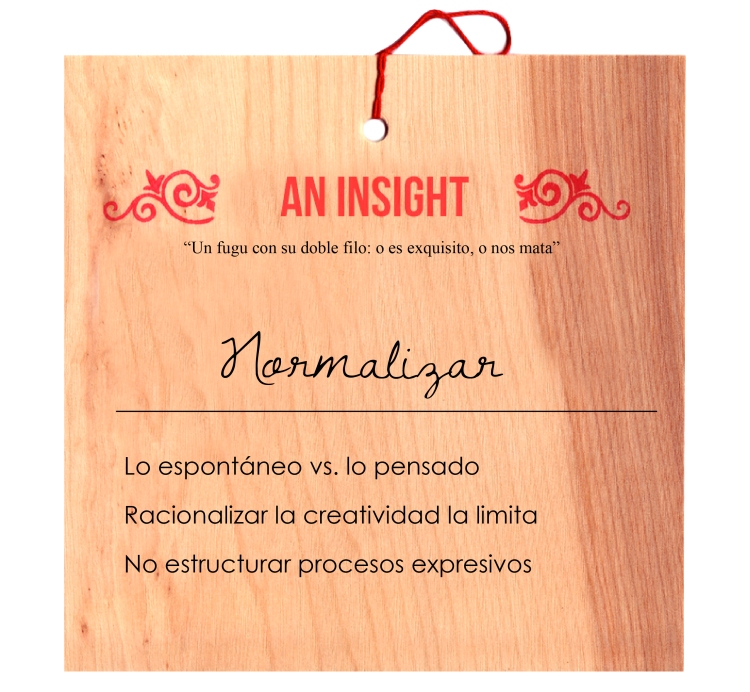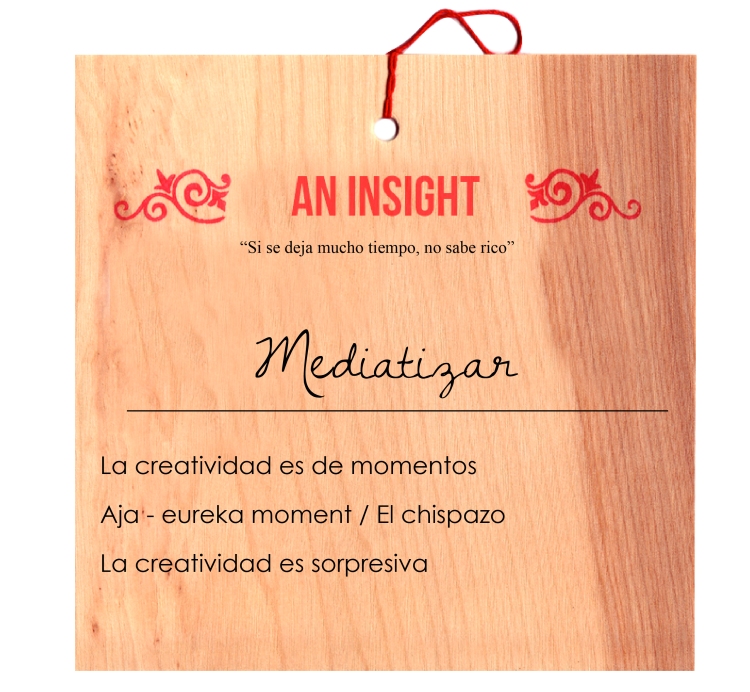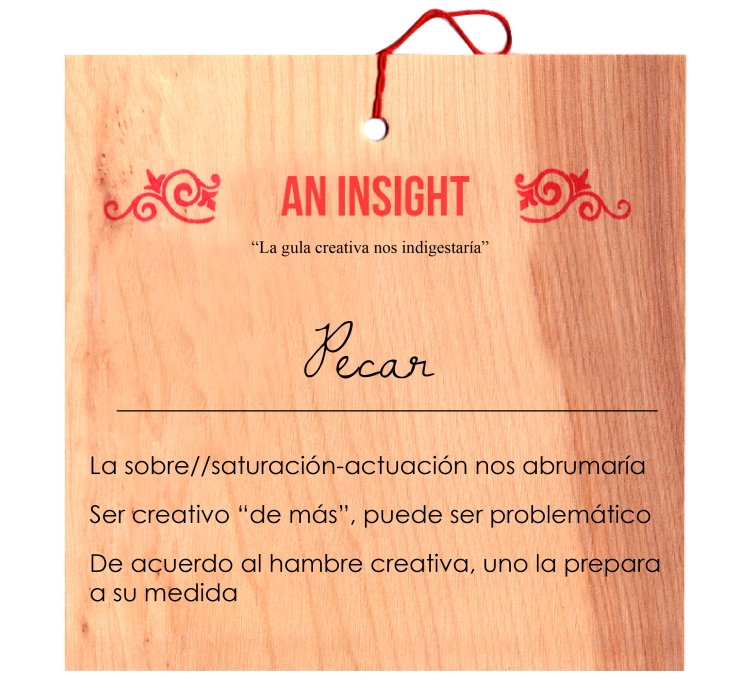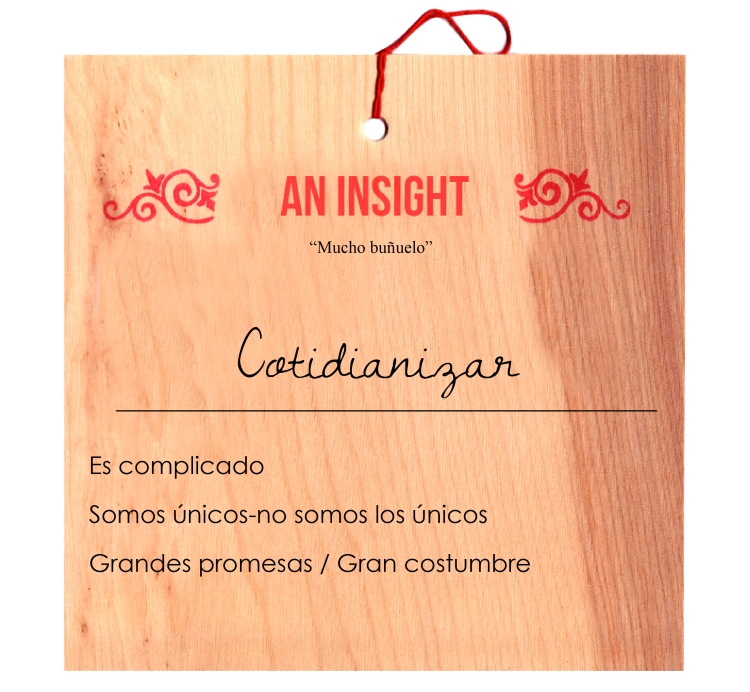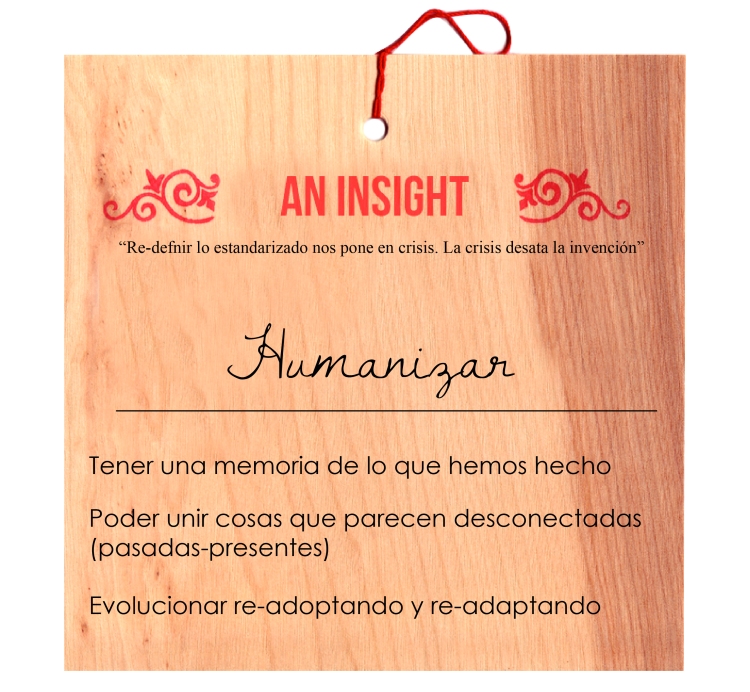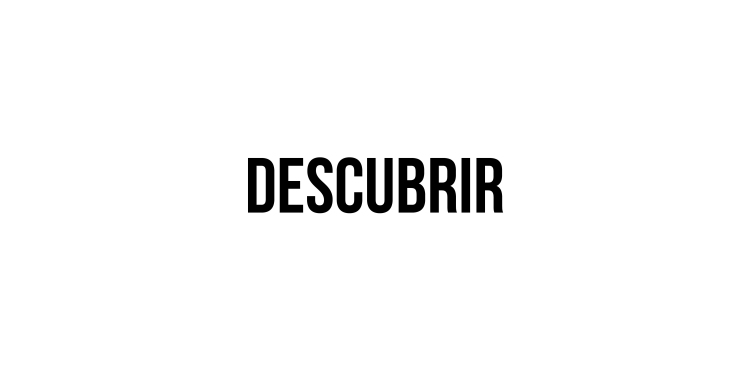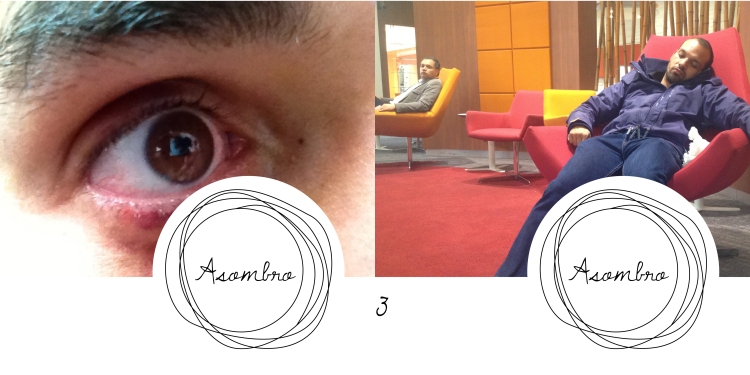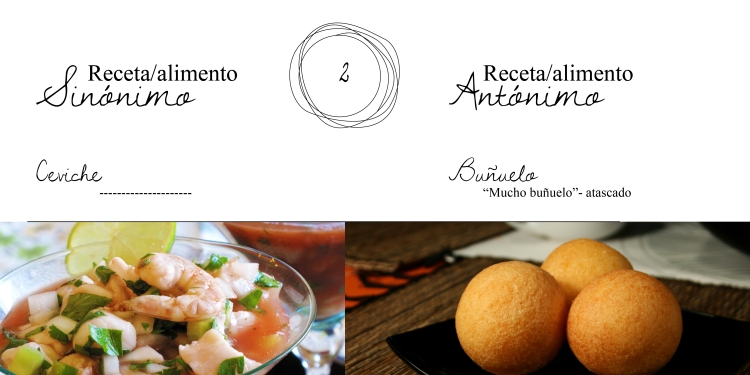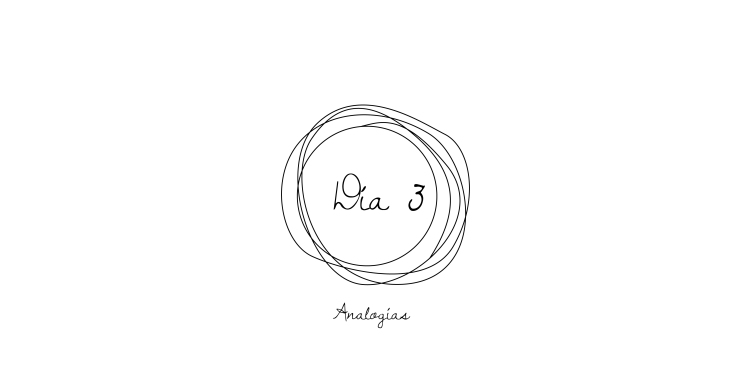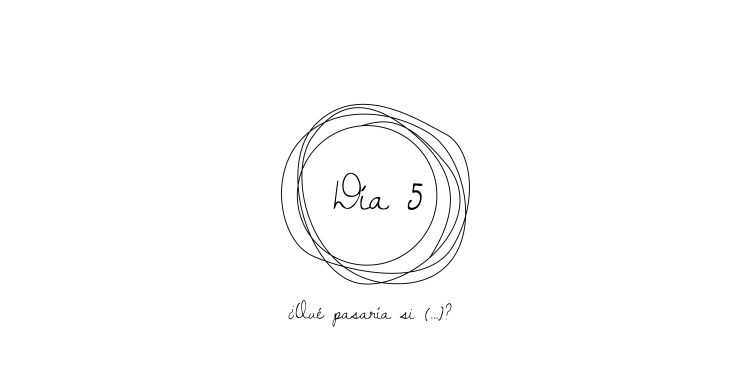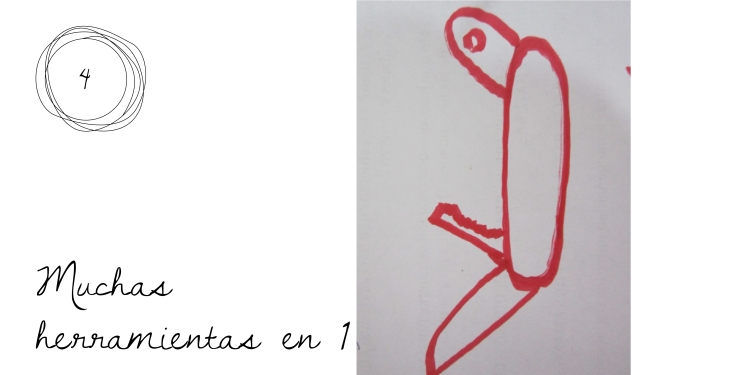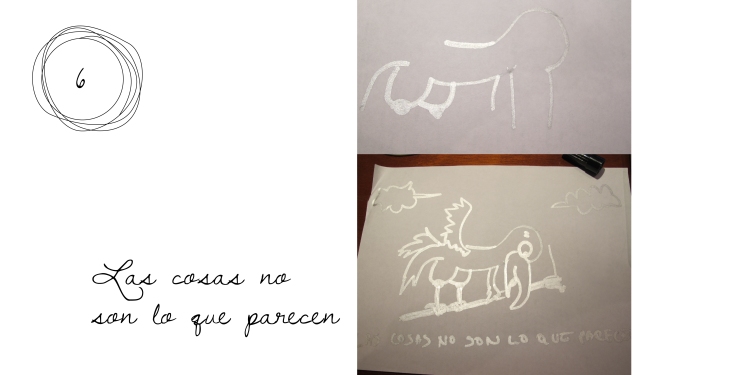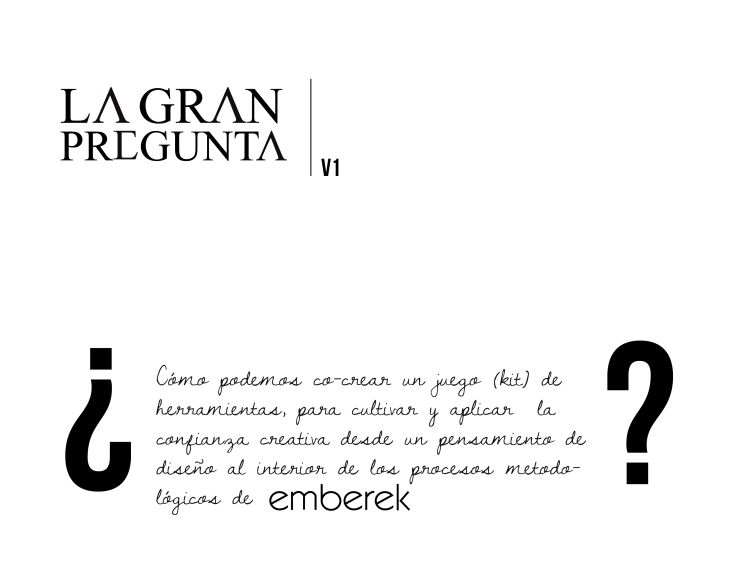by Stephanie Ormston, November 26, 2013
I’m a research analyst, so the most creative I typically get in my day-to-day work is, well,choosing a color scheme in PowerPoint.
So, you can imagine my surprise when, the night before a big presentation, I received an email from my creative director. He wrote, “Everything looks great, but let’s make it into a story. Let’s give it some protagonists, conflict, an arc.” In other words, make it more creative.
Yikes.
As I thought about it more, I realized that I had gotten caught up this belief that in order to be analytical, I had to shut down the creative side of my brain. But that’s anything but true. Not only can the two co-exist in perfect harmony, but they can actually stabilize and enrich each other. Think of Steve Jobs or bestselling author Malcom Gladwell: Both are perfect examples of successful analytical-meets-creative types who have been able to use both traits in their careers to achieve great success.
Since then, I’ve made it a goal to get more creative, no matter what I’m working on. If you’re looking to do the same, here are a few tricks I’ve picked up over the years that have helped me bring creativity back into my life and into my un-creative job.
1. Carry a Notebook
Everywhere I go, I carry around a tiny notebook. This isn’t my planner or even scratch paper in case I forget my business card—it’s solely reserved for jotting down quotes, stories, experiences, or anything I find in my day that makes me pause. I’ll also use it for doodling and brainstormingwhen I have a few moments to spare.
Not only is creative note-taking a great and simple way to keep your brain sharp and thinking nimbly, you’ll also start to gather a gold mine of material that can be used in thousands of ways. A quick story can become a blog post that helps to promote your business. A doodle or sketch might help you make sense of a data set that seems to defy rationality. Even with my love of numbers, I’m a very visual person. When I’m working in Excel, all those rows might as well say the same thing. Taking a break from my computer screen to draw a quick sketch of the argument I’m trying to make can help me wade through the sea of numbers and make real sense of the problem at hand.
And even if that’s not your thing, hey: A quote or funny situation you wrote down can be a great icebreaker in the office break room.
2. Surround Yourself With Inspiration
I have a confession to make: I don’t use Pinterest. I know, I know—blasphemy. But I’m a very tactile person. I like to hold things, touch them. My bedroom walls look like the pages of a scrapbook. If I’m reading Vogue and see a photograph I just adore, I tear it out and put it on the wall. If I go to a restaurant where the food and atmosphere is divine, I put the postcard on my wall. Even design elements in mailings I receive have been known to make it on the wall.
If you’re feeling a lull in your creativity, maybe it’s time to get offline and create a physical space for inspiration. (Hint: Drab cubicle walls are a great canvas for this.) Not only will doing this liven up your space (and your mood), the visual inspiration could also inform your next client presentation or your next proposal to the VP. By creating an environment that’s full of ideas, you’ll find it easier to come up with your own, without having to spend more time staring at a screen.
3. Use it or Lose it: Schedule Time to Be Creative
Just like going to the gym or meditating, creativity takes regular practice. In other words, schedule it into your week! It can be anywhere from 15 minutes to an entire day, but carve out some time when you allow yourself to think wildly and freely, do some handiwork, or wander around somewhere especially inspirational.
One of my favorite things to do is to grab my camera and go for a walk. I photograph everything and anything, and when I get home, sometimes I have a few gems to use on social media, as gifts, or even just to stick up on the wall. If you want to practice your creativity during the workday, use your lunch break. (You do get one of those, remember?) Take your lunch outside and use that time to free-write in your notebook, flip through some beautiful magazines, or even just take a walk. Anything that helps to stimulate that right brain will energize you for the rest of your day.
4. Change Up Your Routine
Do you remember your commute to work this morning? My guess is you take the same route every day, and at this point it has become automatic. That’s because repeating the same patterns day in and day out trains the neurons in your brain to fire the same way until your brain ceases to produce new connections. However, novel stimuli force those neurons to fire in new ways.
Along similar lines, it’s easy to get stuck in a rut at work doing the same set things day after day. So, try to mix it up! Tomorrow, take a new route to work. Instead of that sad salad you’ve been eating for lunch the past week, put wasabi peas in it. Instead of the typical 45-minute workout you do, go take a dance class. The changes don’t have to be big; the idea here is to stimulate your brain. You’ll be more aware and more engaged with the world around you—and who knows what you’ll discover.
5. Banish the Word “No” From Your Vocabulary
One of the first things I was taught in my basic improv class was to never say no. For example, say your scene partner comes onstage and says, “Wow, it sure is hot on the planet Mars.” If you say, “No, we’re on Earth,” you’ve just killed the entire scene. Instead, you should try something like, “Yeah, and it doesn’t help that we’re dressed like Eskimos.” The only way to further the scene, and further the plot, is to build off of what your partner has given you.
Next time your boss asks you to do something you’re not sure about, avoid the temptation to say no. Instead, push yourself to fake it until you make it and give it a try. Putting yourself outside your comfort zone will force you to get creative with tackling new challenges, and it may just open up doors that you never would have thought possible. Not to mention opportunities for promotion!
Since I’ve made an effort to be more creative, I’ve seen my productivity increase and found ways to make those mundane tasks a little bit more interesting. Creating a presentation, for example, becomes a way to emulate a brand’s logo design and color scheme while still conveying the recommendations at hand. (In fact, this tactic recently scored me a great new job, where the interviewer said to me, “This is great. It’s our branding, but your personality really comes through.”)
You don’t have to be an artist to be creative. And certainly, artists are not the only people who benefit—or profit—from their creativity. Try a few of these ideas, and see how unleashing a bit of your creativity can improve your career.
http://www.thedailymuse.com/toolsskills/5-ways-to-be-more-creative-in-a-non-creative-job/


